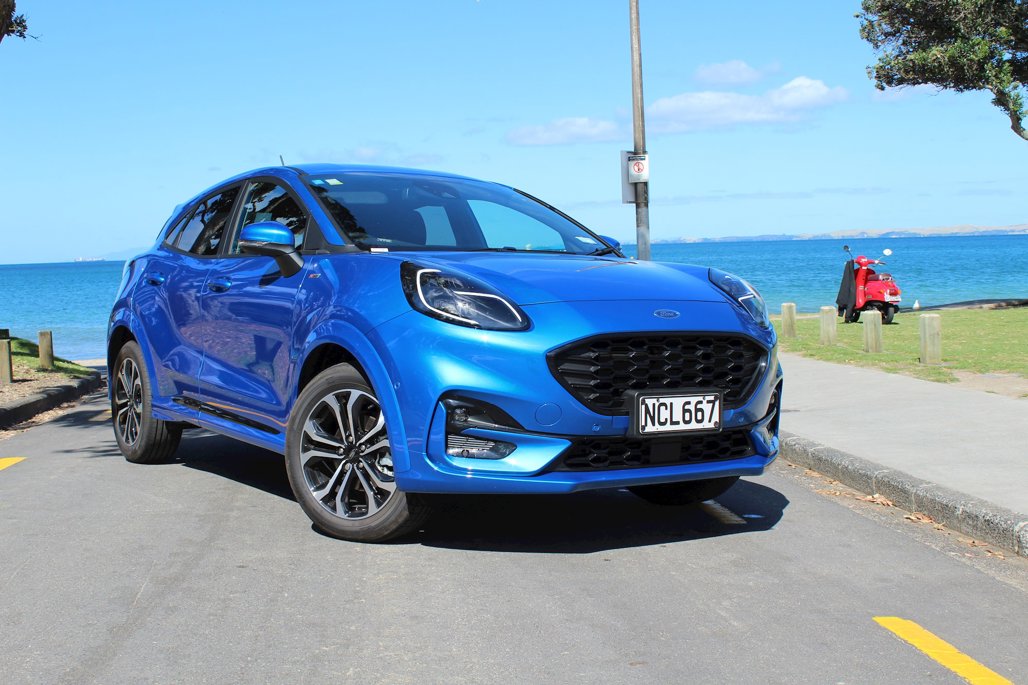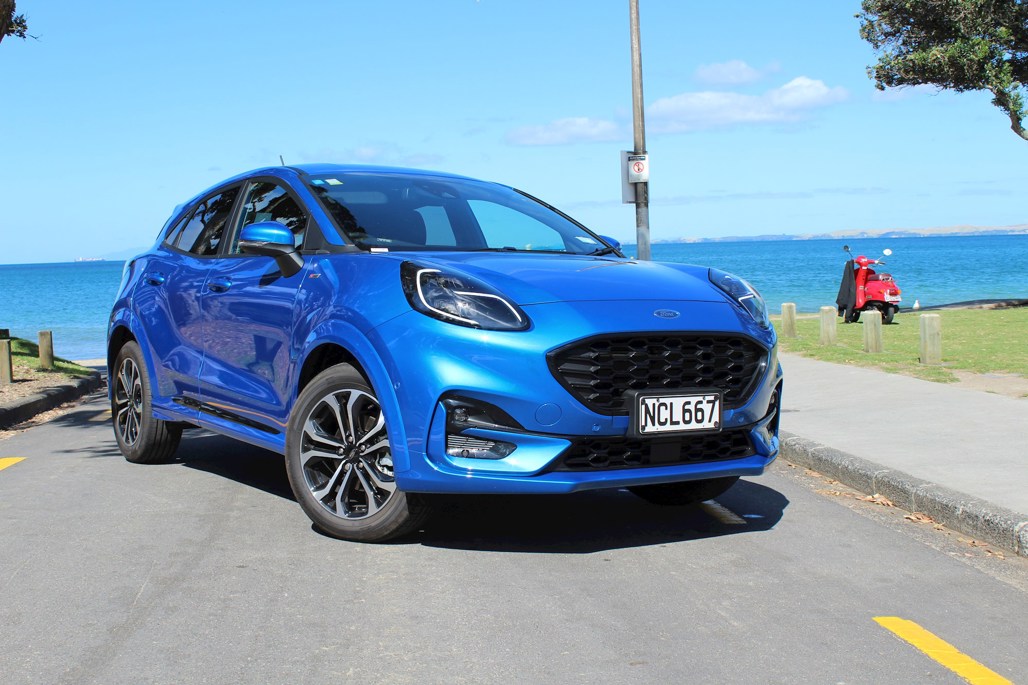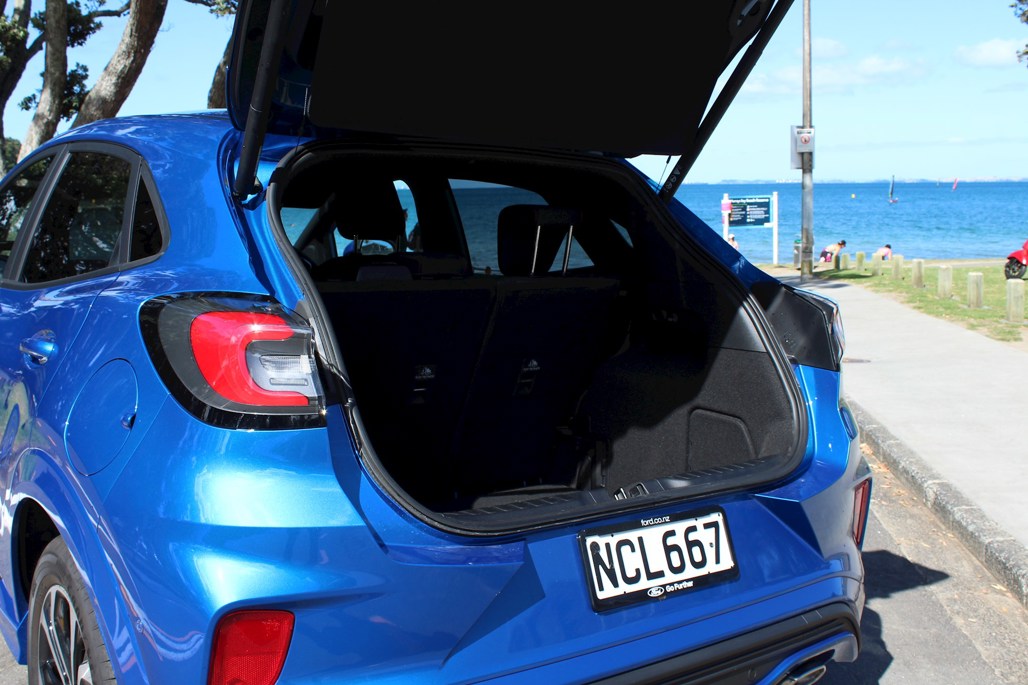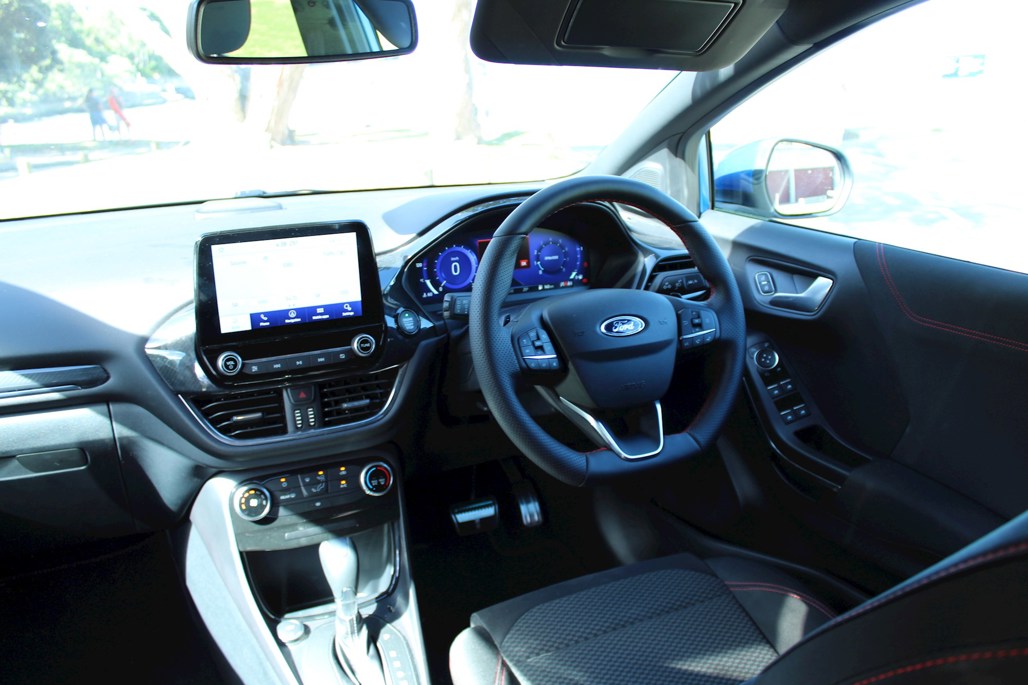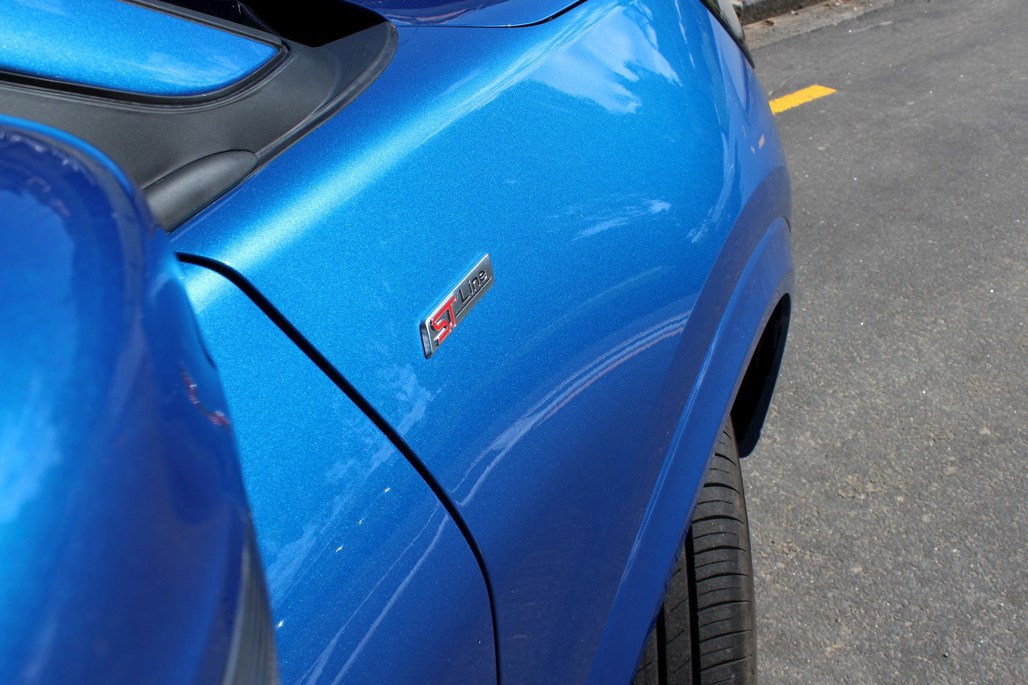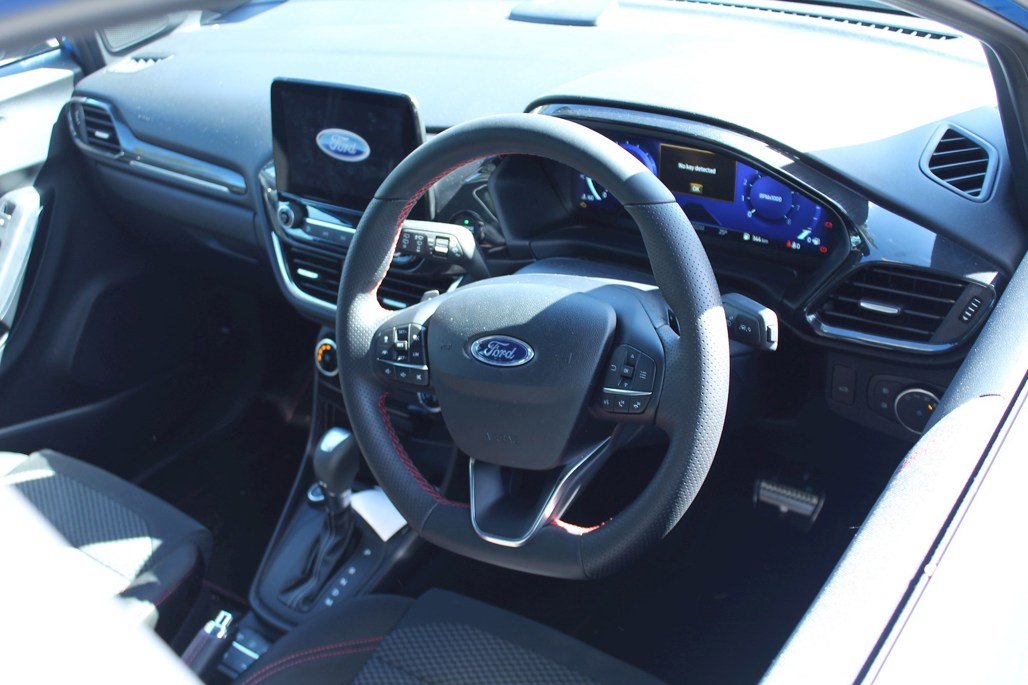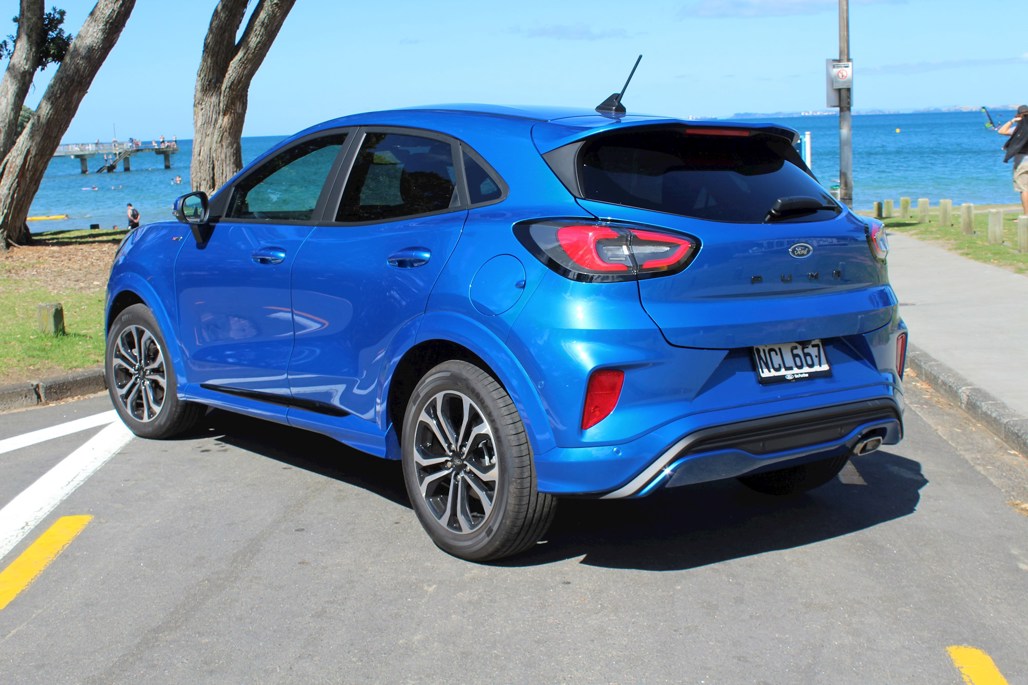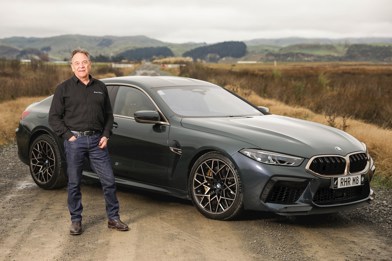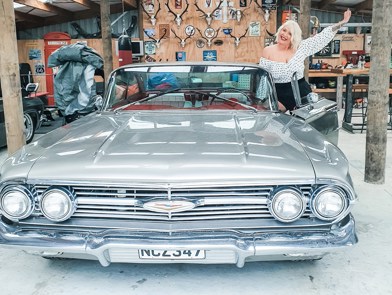Choosing to name a sub-compact sports car after a cat with the largest hind legs of its species was an understandable decision from Ford back in 1997, but choosing to keep this same name for a city-going SUV? Now that’s a bit bolder.
While not everyone will be a fan of what Ford has done with the Puma nameplate, it’s good to remember that in 2020, SUVs rule the roost - and automotive brands have to make every model appealing across the market.
So, now that we’ve got the name out of the way, we can dive into Ford’s world of Puma, and what the spritely little ST-Line hatch is like to live with.
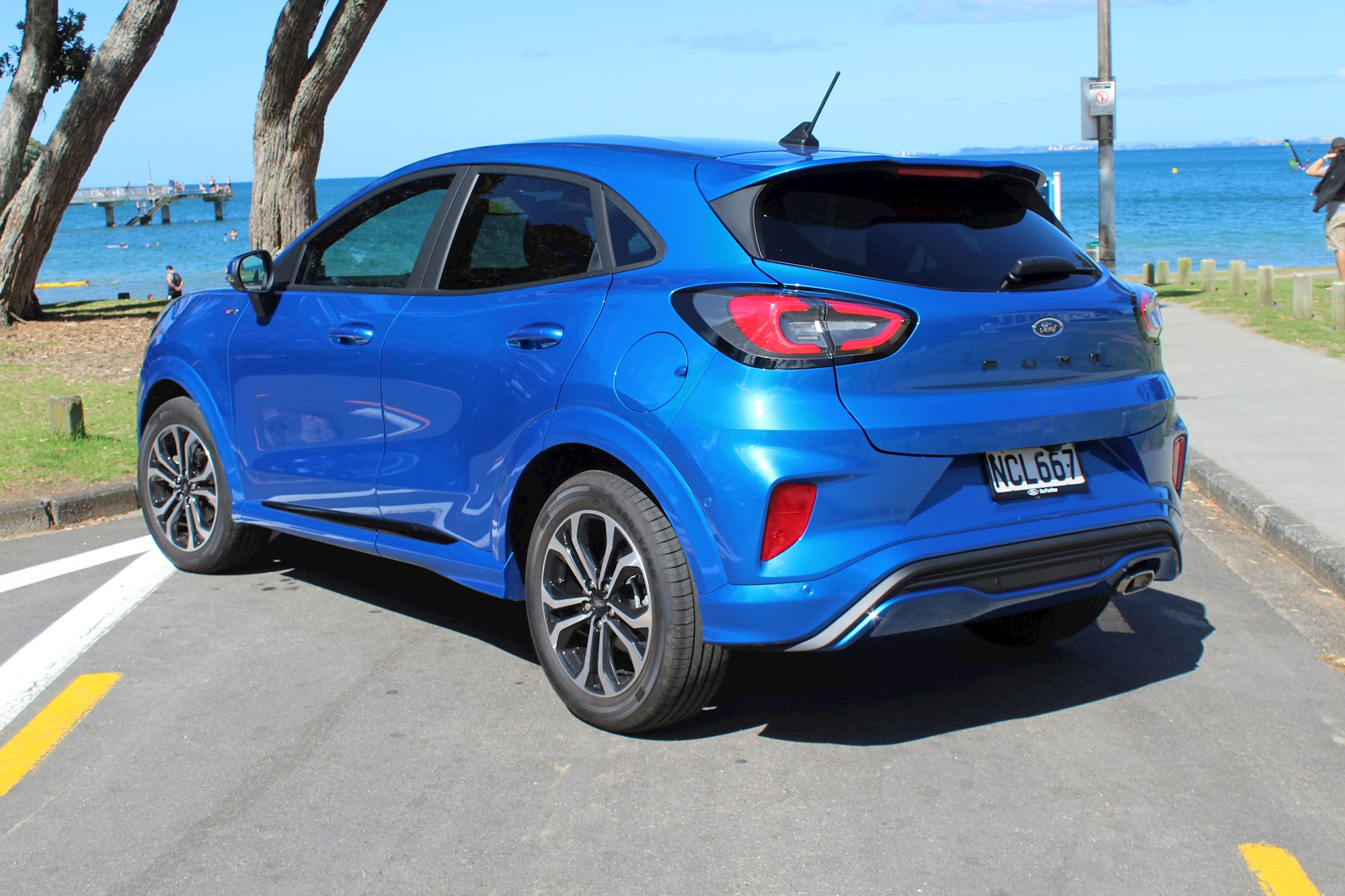
First things first, I think that the Puma looks marvelous. I can’t imagine that designing an SUV that looks like its sports car namesake (looking at you, Mitsubishi) is an easy task to accomplish.
Ford’s designers have worked some wizardry on this Puma, and it has resulted in a sporty looking city-carver that blows the competition out of the water.
Here in New Zealand, the Puma is offered in two trim levels - the regular Puma, and the ST-Line. Both utilise the same 1.0-litre turbocharged three-cylinder engine which makes 92kW and 170Nm, and send power exclusively to the front wheels through a seven-speed automatic transmission.
The slightly sportier ST-Line gets a pair of paddle shifters behind the steering wheel, which help in getting the most out of the three-banger mill.
With less than 100kW on hand, the Puma is no speed demon, but it doesn’t need to be, as I found the old “slow car fast” mantra to be true here. Flicking the drive controller in sport-mode results in a stiffer ride with less body roll, and a transmission that’s willing to hold gears longer as you carve B-roads.
I have never gotten the chance to drive a classic Mini, but I can imagine that similar dynamics are at play in this Puma with a lightweight chassis, and wheels that are pushed to the outer corners of the little SUV.
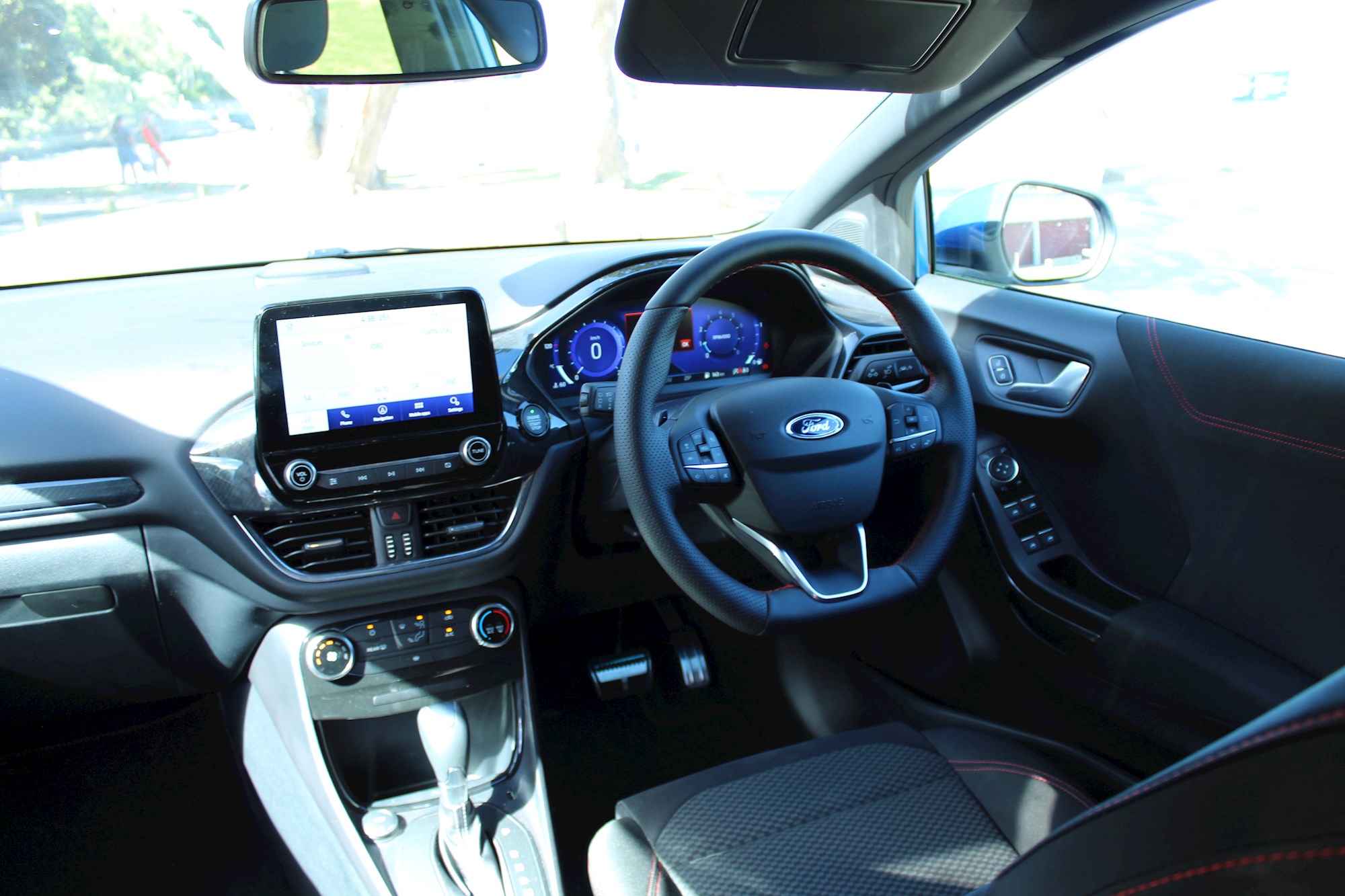
Driving dynamics aside, Ford’s infotainment systems have always been some of the most simple and easy to use in the industry, and the Puma is no exception. Apple CarPlay and Android Auto come standard across the Puma range, as does Ford Pass Connectivity, which allows you to communicate with your car when it isn’t in use.
As for safety, the Puma’s five-star ANCAP rating was achieved thanks to the raft modern systems that come standard. These include Automatic Emergency Braking, Adaptive Cruise Control, Lane Keeping Aid, and Forward Collision Warning.
While some systems on the market can either feel too cautious on the road by attempting to wrestling steering from you, Ford has found a nice medium, with a system that gives you confidence without taking away control.
When it comes to loading the Puma up, its somewhat-bubbly shape gives the second row a fair bit of headroom, but (as you would expect) there isn’t a tonne of leg room. With the rear seats up, there's 410 litres of luggage space, and folding them down allows access to 1170 lites. This is smaller than what competitors such as the Hyundai Kona and Kia Seltos offer, but not by a noticeable margin in a five-seater configuration.
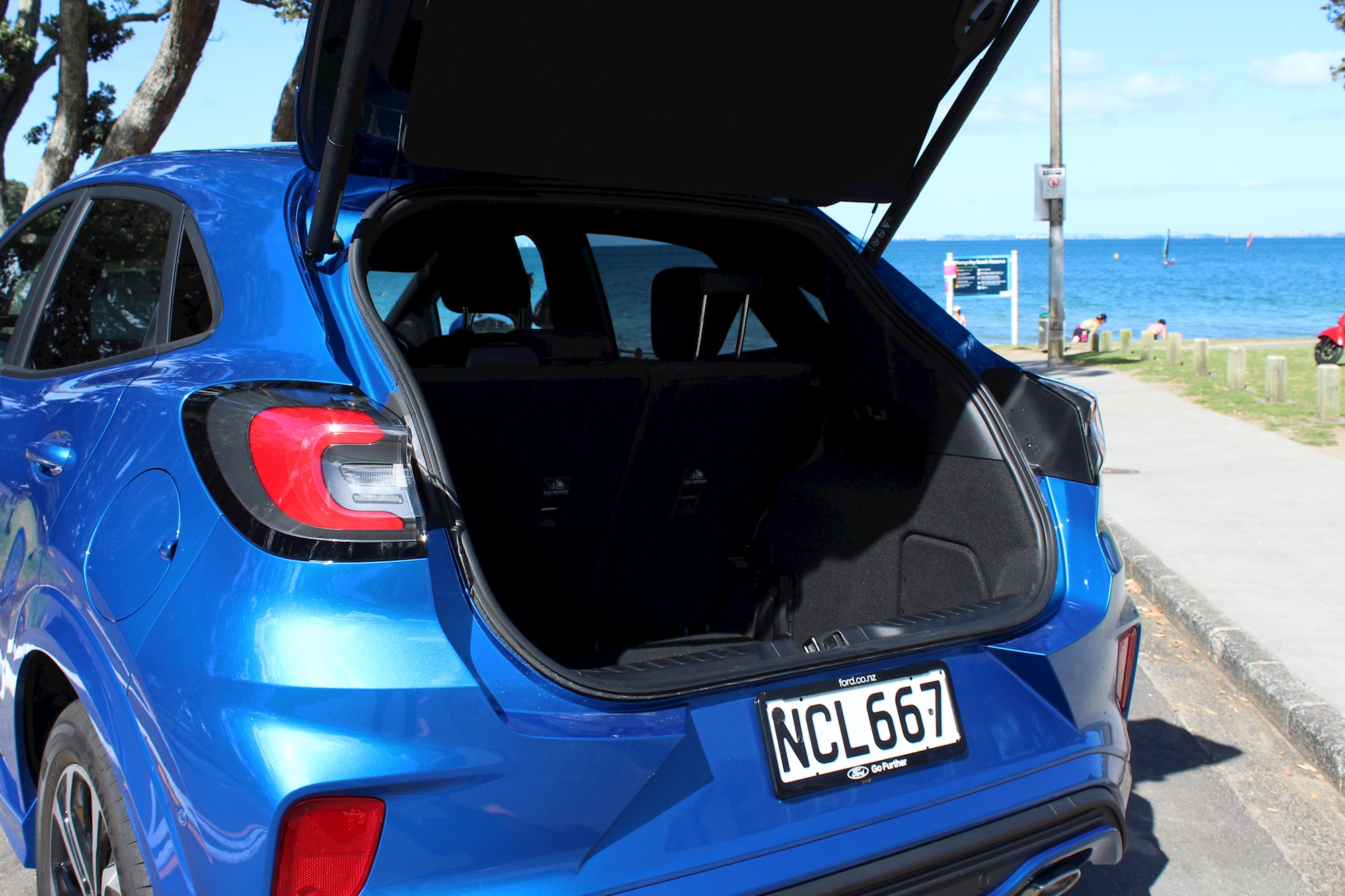
As Ford has positioned the Puma in one of the most competitive segments in the market right now, it has a lot of competition, especially at the sub-$40K price point. While you’ve got the likes of the Kia Seltos, Hyundai Kona, Honda HR-V, Toyota C-HR all coming in cheaper than the Puma ST-Line at $37,990, its interesting styling and addicting driving dynamics put it in a different league if you ask me.
I feel like it’s more comparable with something like the Peugeot 2008 GT, with the same $33,990 starting price.
So while the Puma might be a little pricier than some of the other options, I’d recommend giving it a try, and who knows – you might end up loving it.
